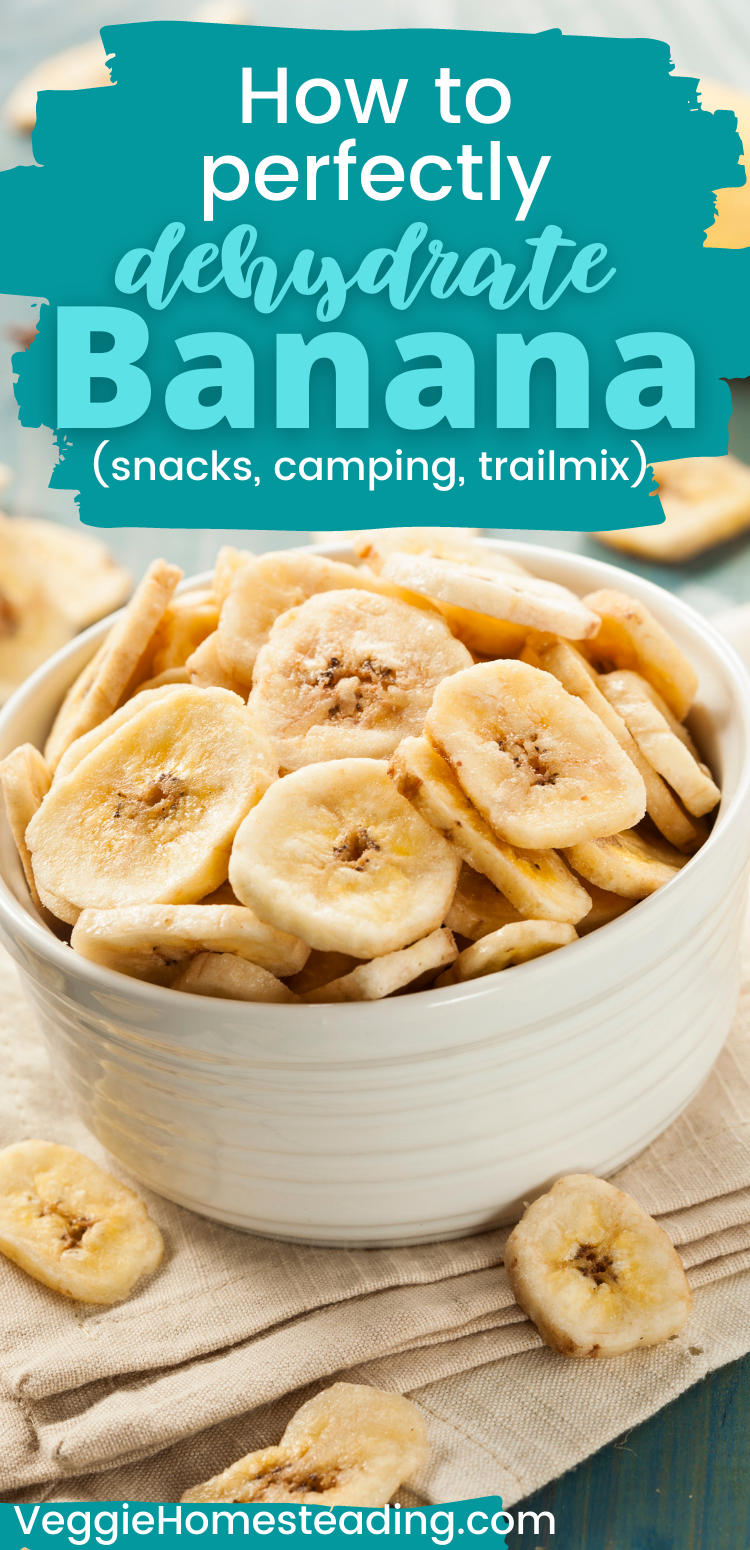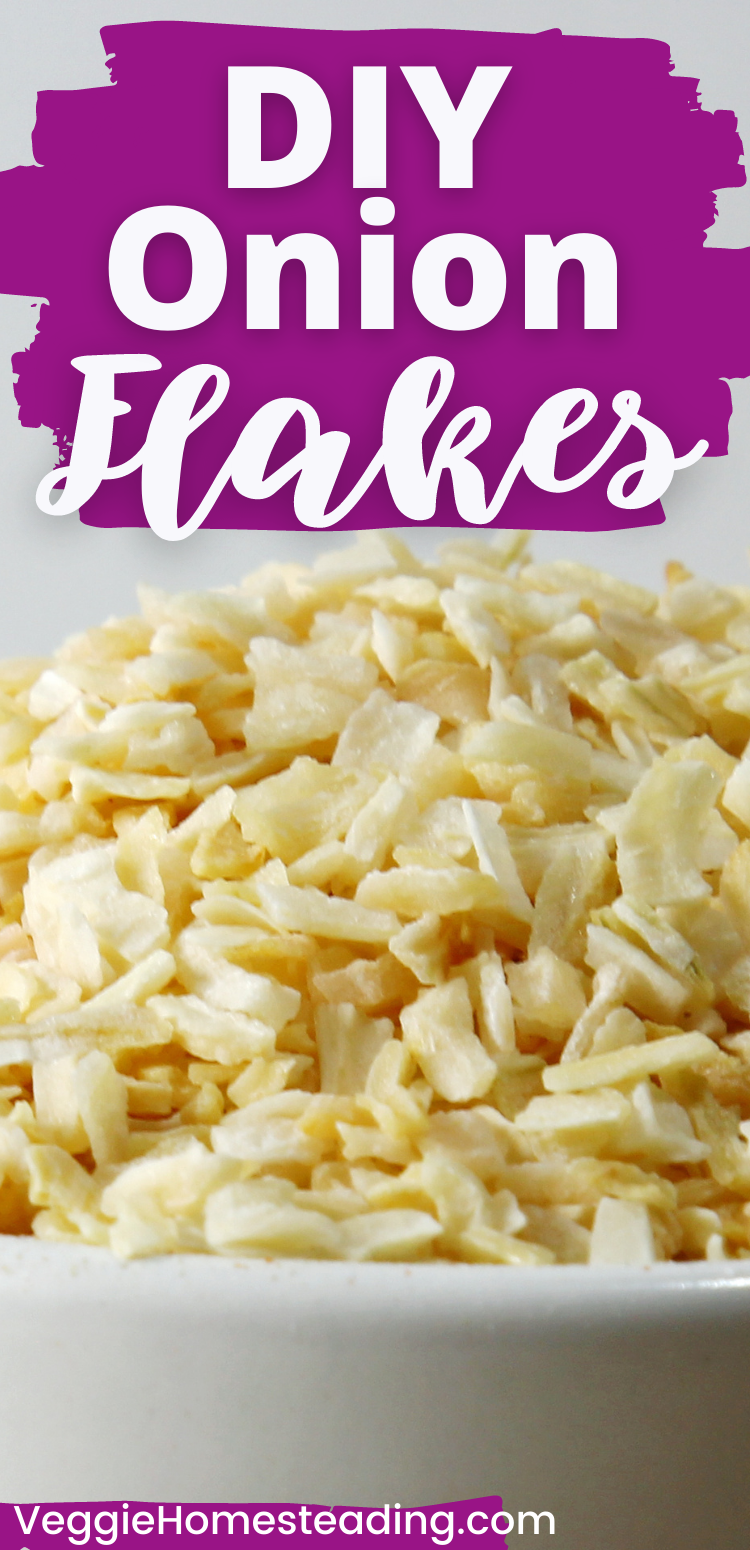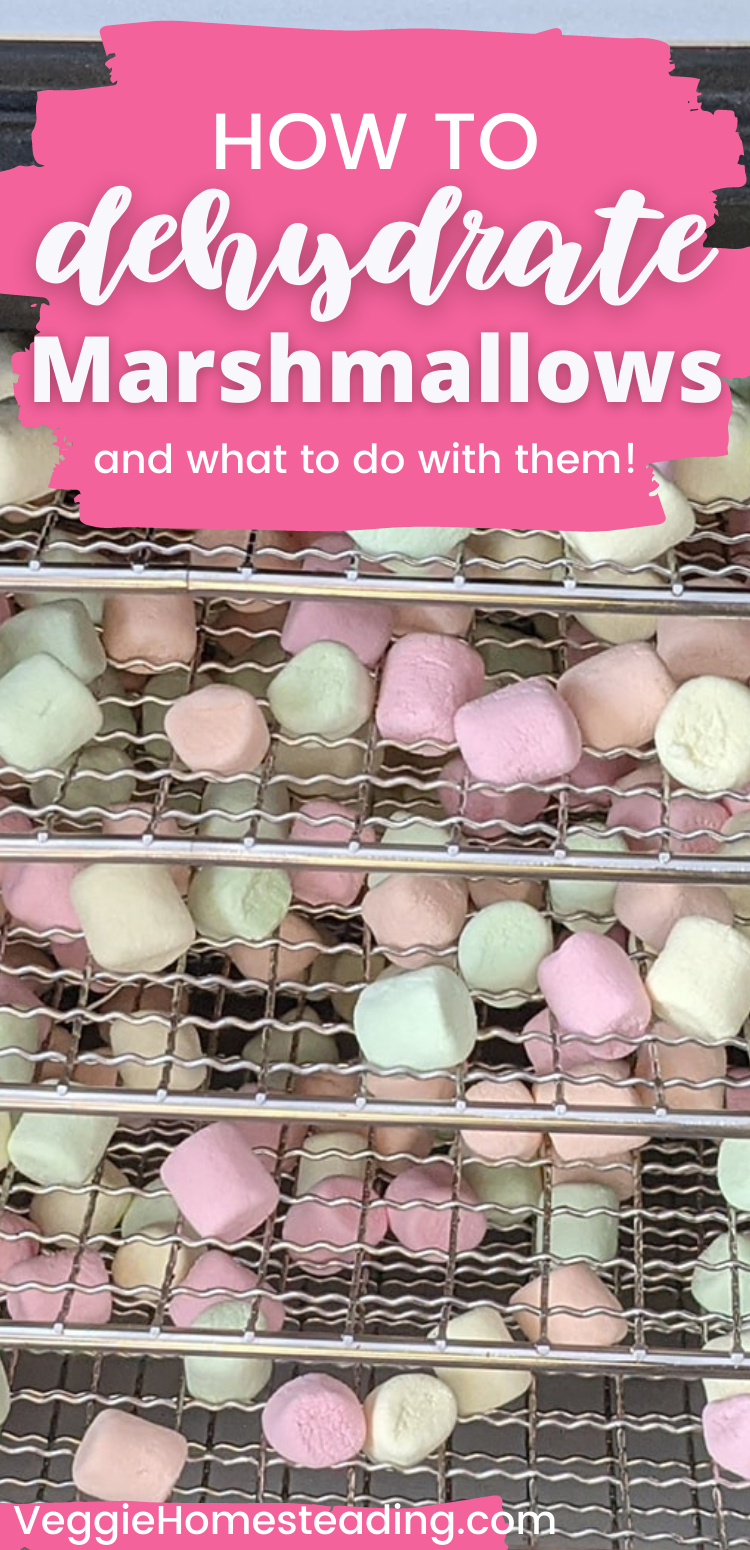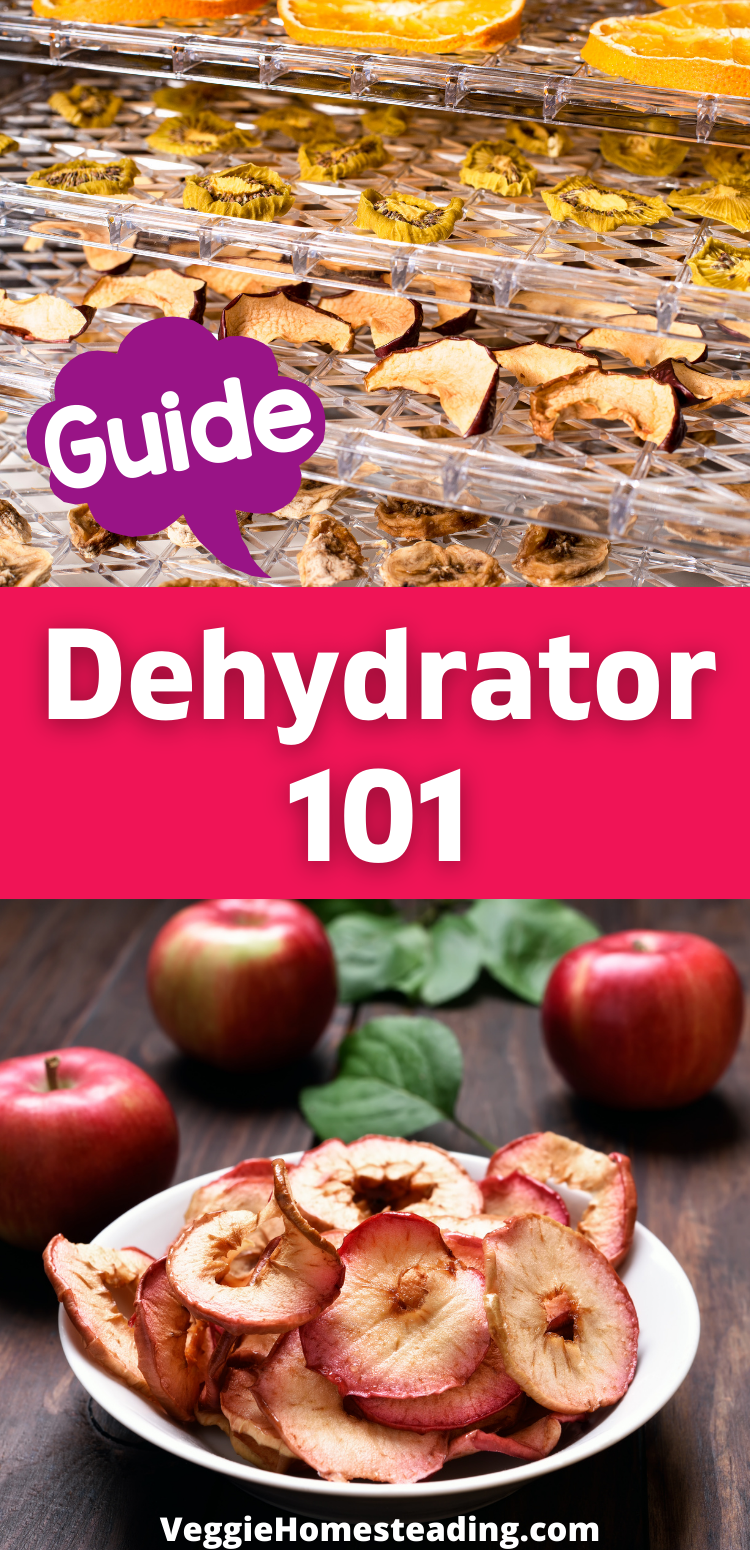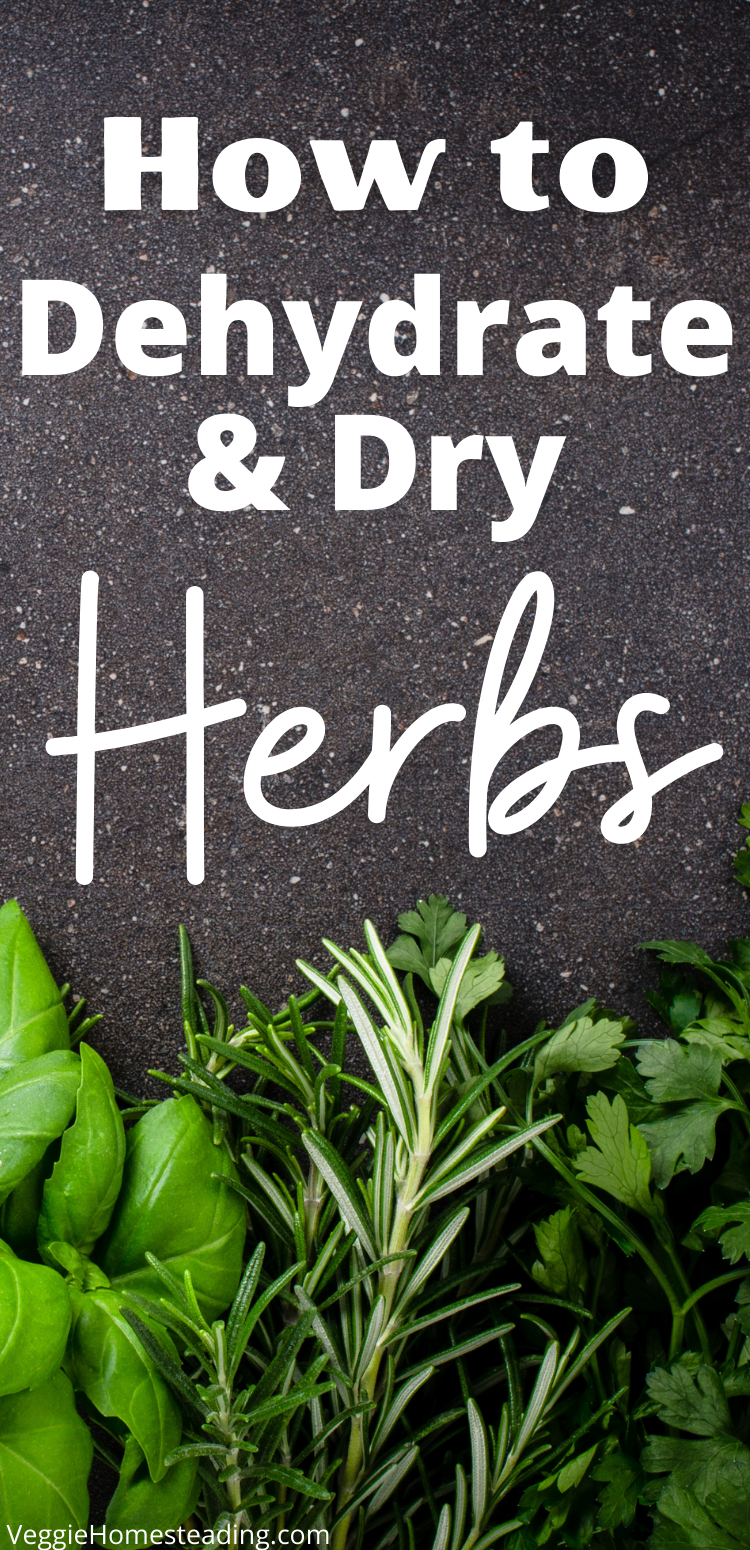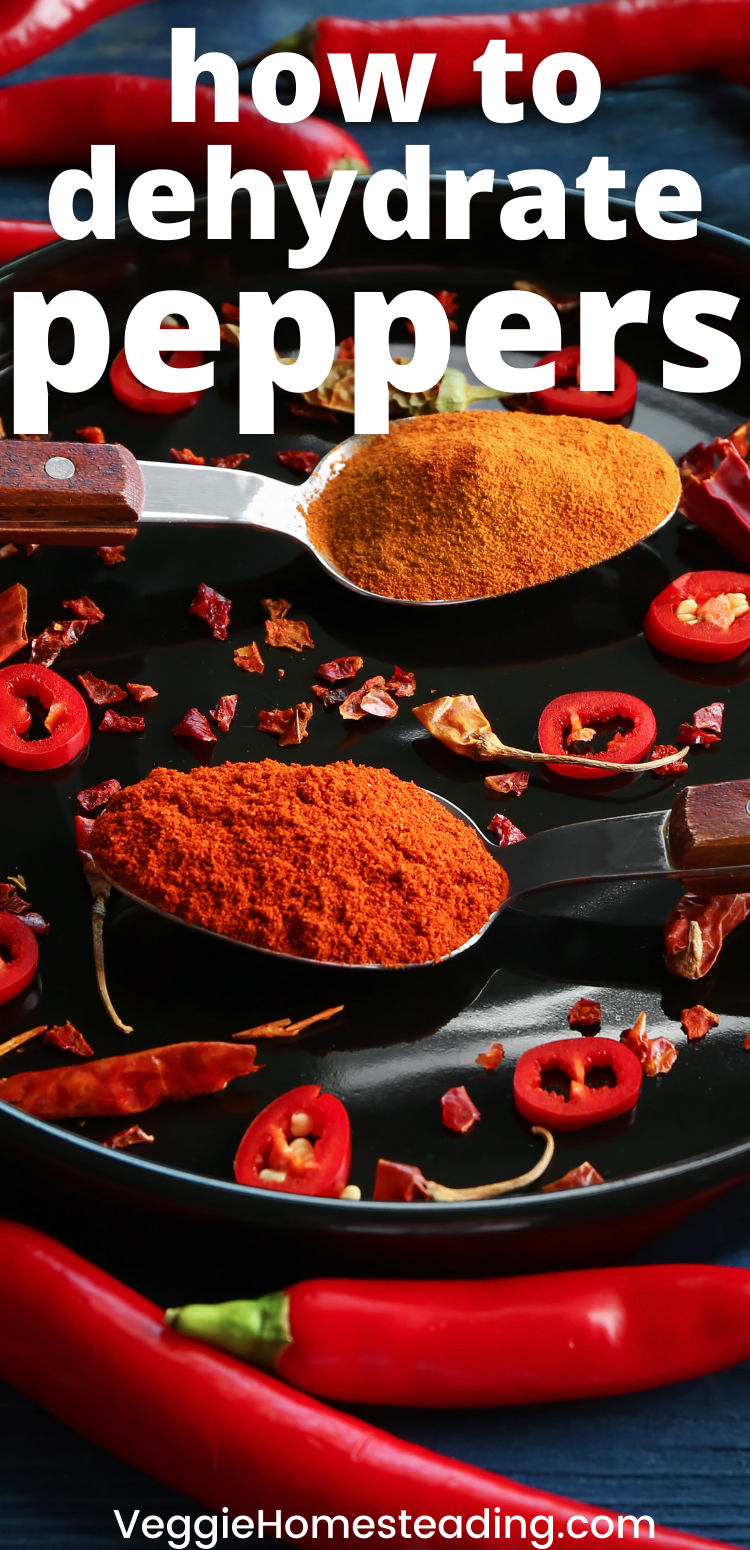How to Dehydrate Ginger
If there ever was a root vegetable that you want to stock up on, it’s definitely ginger! And what better way to ensure a constant supply than by dehydrating ginger which you can use in healthy tea, detox baths, baked goods and candied treats.
While dehydrating most foods with a food dehydrator is pretty straight forward, it’s easy to miss or skip essential steps that will ensure the longevity of your dried foods which is the whole point of drying food, right?!
Whether you’ve never dried ginger specifically or you’re just starting out with food dehydration generally, this article will take you through all the important points for successfully drying ginger.
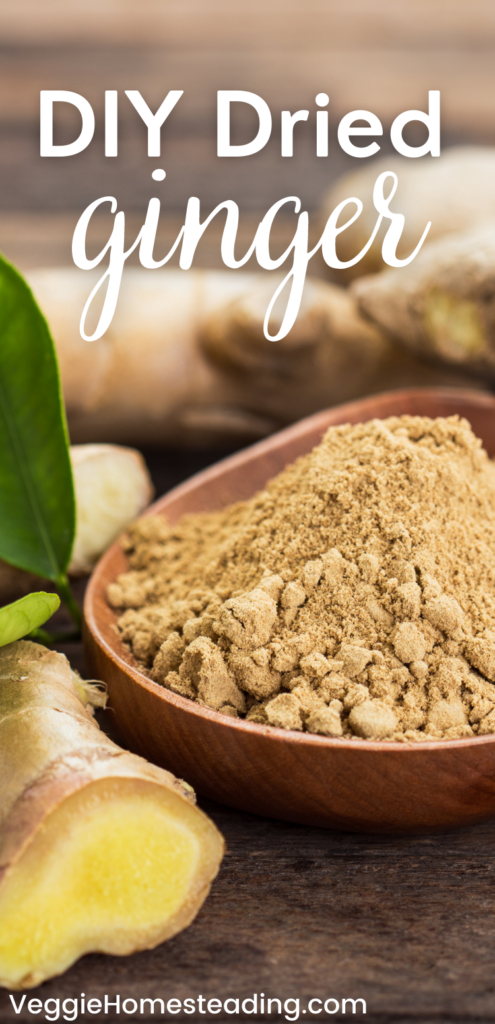
In addition to this, you can gain access to my Dehydrating 101: Beginners Guide To Dehydrating which will be your go-to resource for all food dehydration.
In this article you’ll find:
- The health benefits of ginger
- How to prepare your ginger for dehydration
- Step by step directions for dehydrating ginger in a food dehydrator
- The time it takes to dehydrate ginger
- Alternate methods to dry ginger without a food dehydrator
- How to store dehydrated ginger
- Ways to enjoy dehydrated ginger
- The amount of dried ginger to substitute for fresh
- How to rehydrate your dried ginger
The Health Benefits Of Ginger
Ginger can be used in so many forms – fresh, dried, powdered and even as a juice or oil. And when you start reviewing the long list of health benefits associated with consuming ginger, it’s no wonder that it’s been used in all these different forms over the centuries.
Many of ginger’s medicinal properties stem from one of it’s main natural oils, called gingerol, which is also what gives ginger its distinctive smell and taste.
Let’s have a closer look at some of the best and well known health benefits of ginger and why you should want this dehydrated food in your pantry:
- It reduces the symptoms of nausea and motion sickness
- It can aid weight loss due to its anti-inflammatory properties
- It aids better digestion
- It may decrease blood sugar and risks of heart disease
- It may reduce menstrual pain – again, most probably due to its anti-inflammatory properties
- It may lower cholesterol levels
- Helps to fight infections
- It may improve brain function
That’s a great list, don’t you think?! You’ll also be pleased to know that although dehydrated ginger has a slight reduction in the gingerol compound, it actually increases the compound known as shogaol which is responsible for assisting with improved memory and cognitive functions.
With that hopefully convincing you to increase your ginger intake, drying fresh ginger certainly sounds like a great item to add to your dehydration food efforts.
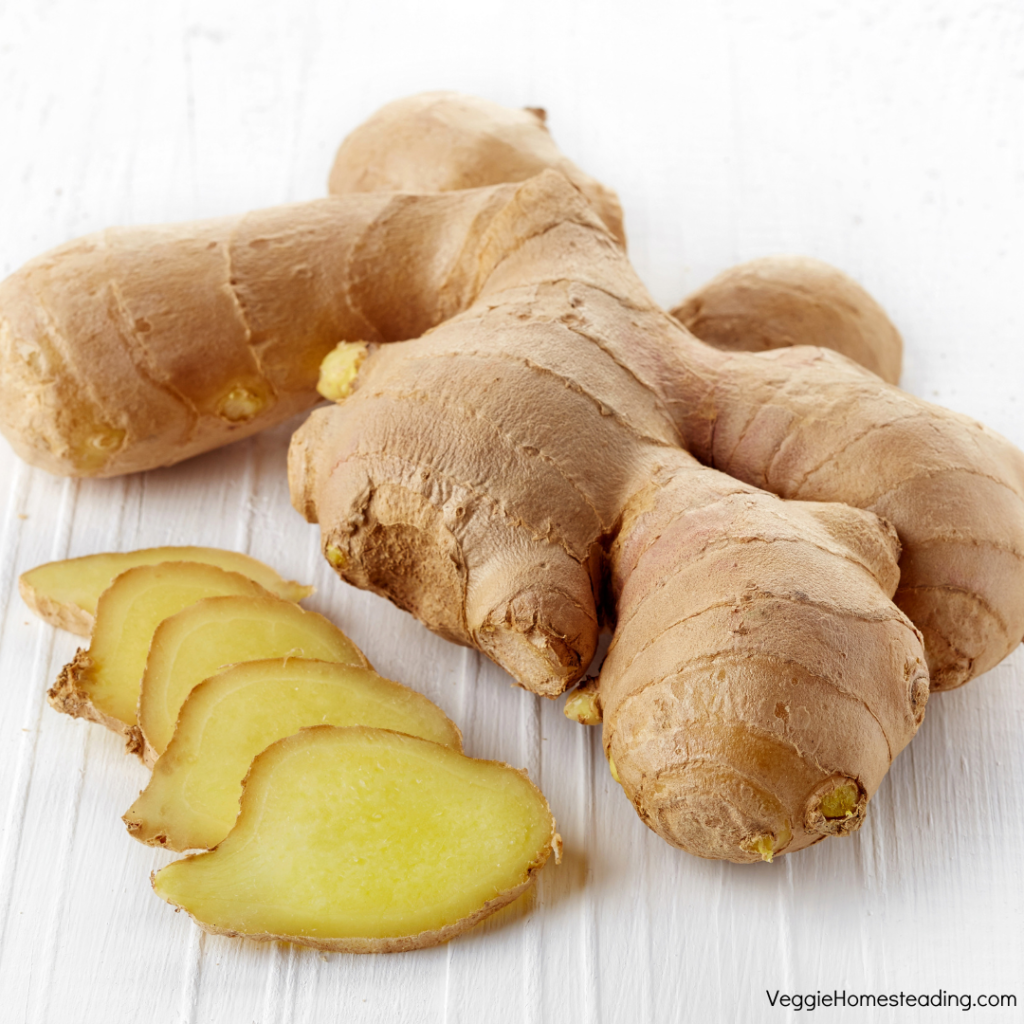
How To Prepare Your Ginger For Dehydration
While many who are not entirely familiar with dehydrating food may think that it’s just a matter of slicing food and adding it to a dehydrator, there are in fact a few vital steps that need to take place in preparation for dehydrating your ginger to ensure the best possible results.
Ways To Prepare Ginger For Dehydration
#1. Practice Good Hygiene
Practising good hygiene in the kitchen boils down to the issue of food safety. You need to make sure that you work in a clean work space when dehydrating food and that all surfaces are clean too. Eradicating bacteria will also ensure the longevity of your dehydrated ginger.
When cleaning your surfaces, opt for environmentally friendly cleaning products instead of harsh chemicals – I never like the idea of these harsh chemicals somehow getting in contact with food.
#2. Wear Gloves When Handling Your Ginger
Use gloves (latex or vinyl) when handling your ginger and slicing it to prevent any of your own natural oils from transferring to the sliced ginger. Remember, it’s important to reduce the amount of moisture throughout the dehydration process.
#3. Preheat Your Dehydrator
Preheating your food dehydrator prior to adding your ginger will provide good initial airflow to help eliminate any possible contaminants.
#4. Wash And Peel Your Ginger Root
Make sure to wash your raw ginger root well and then peel it with either a sharp knife or a vegetable peeler.
Once peeled, you’ll want to slice your ginger quite thin to minimize drying time required and ensure that you slice uniformly so that all slices dry equally.
#5. Slice Your Ginger Root
It’s best to slice your ginger into ⅛” thick slices for best drying time and results.
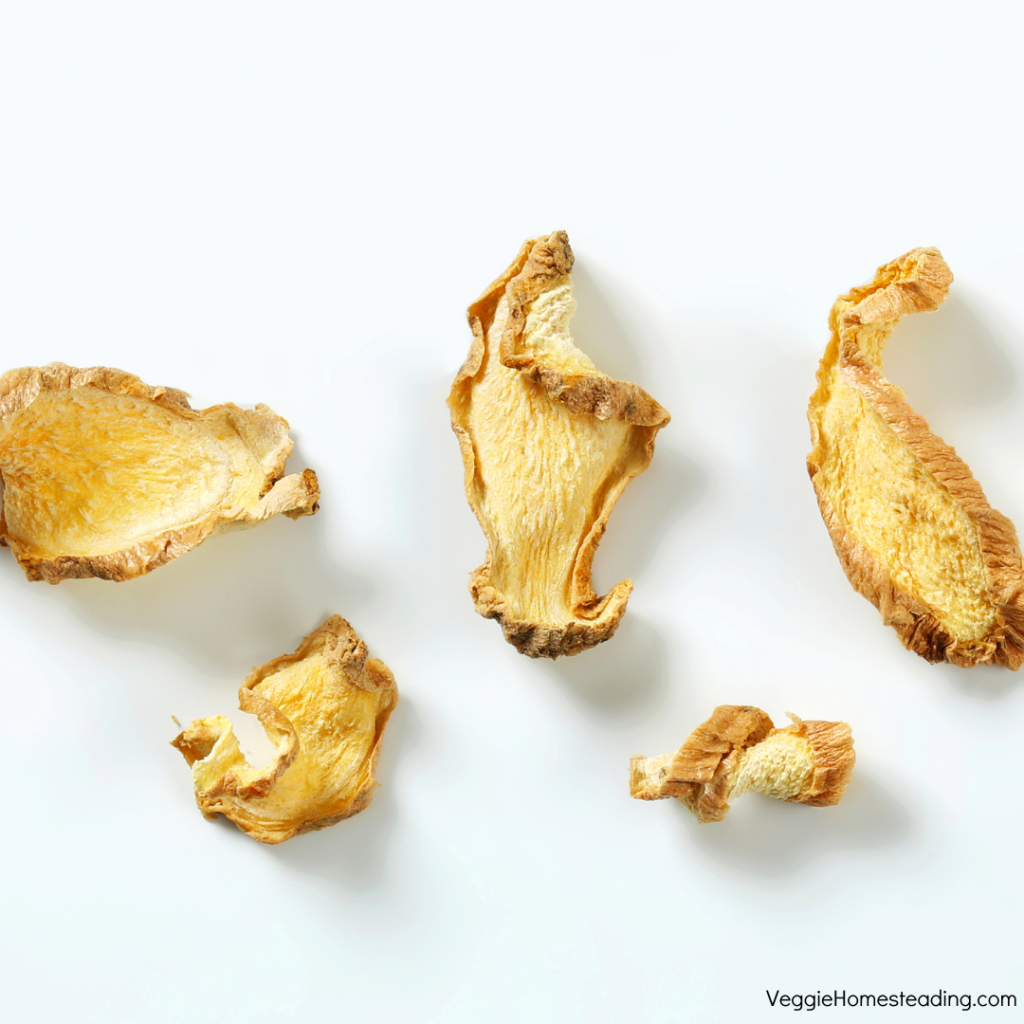
Step By Step Directions For Dehydrating Ginger In A Food Dehydrator
These step-by-step directions for dehydrating your ginger will rid any of the guesswork you may have had, especially if you are new to dehydrating food.
- Prepare your workspace and ensure that you are working in a clean environment with clean surfaces, equipment and tools.
- Wash and peel your ginger.
- Put on latex or vinyl gloves before you start to work with your ginger.
- Preheat your dehydrator to 135F to allow good airflow through the dehydrator which will eliminate any existing contaminants that may be present.
- Slice your ginger into ⅛” slices that are all uniform in size so that they dehydrate evenly.
- Place your ginger on a tray or trays with equal spacing – overcrowded trays may lead to your ginger requiring a longer dehydration time.
- Place the trays in the preheated dehydrator which is to remain at 135F for 3-4 hours.
- Once the dehydrating time is up, allow your ginger slices to cool for 5 – 10 minutes.
- Once cooled, if you are uncertain as to whether your ginger slices are dehydrated properly, touch to test for any remaining moisture or place a few in a sealed zip lock bag for a little while to see whether any moisture has been released through condensation. If yes, dehydrate for longer. If not, then store in a vacuumed sealed bag with Mylar bag or in a mason jar to enjoy later as is or in future recipes!
Now that you have a good overview of the steps required to dehydrate your ginger, let’s pay some attention to the details of the entire dehydration process right up to storage and possible rehydration.
The Time It Takes To Dehydrate Ginger
As with anything that you want to dehydrate, it’s essential that you dehydrate it well in order to avoid residual moisture that can cause the food to spoil as a result of bacteria and rot setting in. It’s always better to over dry than under dry.
You should always aim to get rid of 95% or more of the total moisture in an item of food. Anything less than this will shorten the shelf life of the food and potentially cause it to spoil before you’ve had the chance to enjoy it.
The amount of time it will take to dehydrate ginger is approximately between 3-4 hours at a temperature of 135F.
There are also certain external factors that will play a role in the dehydrating time that you should consider. These include:
- The humidity level in your area and house where the dehydration is taking place;
- The thickness of your ginger slices;
- Whether you have crowded you dehydrator tray with ginger slices or spread them out with room to spare; and
- The type of dehydrator you use and the position of its fan. Dehydrators with a fan located at the back tend to do better than those with a fan fixed at the top or bottom, especially if you have two trays occupying space as the second lower tray will always block flow to the first tray.
And if you ever have the urge to speed up the dehydration process by increasing the heat, try to restrain yourself. It’s far better to allow a longer dehydrating time to ensure adequate dehydration than rushing things and ending up with “case hardening” (where your ginger slices are dry on the outside but still moist on the inside).
If, at the end of your dehydration time, you are not sure whether you’ve reached the 95% stage, make use of one or all of these tests that will help you to detect whether your ginger slices have any remaining moisture:
- After 5 – 10 minutes of allowing your ginger to sit post dehydration, check for any sticky or moist texture. If there’s even slightly sticky or moist texture then it means that they need a longer time in your dehydrator.
- Touch your slices for dryness. They should be a crunchy dry texture and you should be able to easily snap a piece in two.
- After allowing your ginger slices to cool once dehydration time is done, place a few in a sealed zip lock bag and return a little later to check for any moisture that would have resulted in condensation. If this has occurred then your ginger is not adequately dehydrated and requires additional time in the dehydrator.
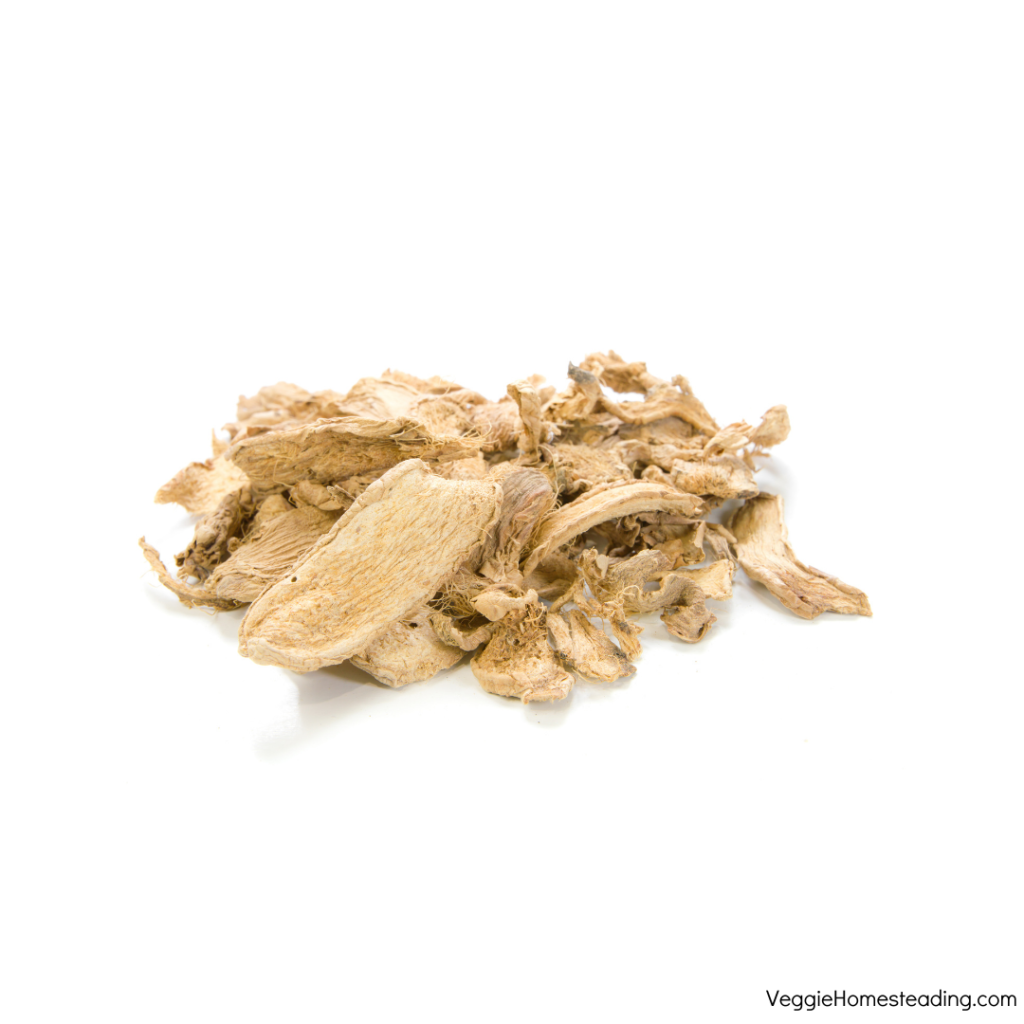
Alternate Methods To Dry Ginger Without A Food Dehydrator
While drying ginger by way of a food dehydrator is what is considered the best method for home dehydration, there are a few other ways in which you could dry your ginger slices at home. Here are a few worth considering if you don’t have access to a food dehydrator:
Oven Drying Ginger
You can make use of your kitchen oven at home to dry your ginger. Simply preheat your oven to 150F , place your ginger slices on a lined baking tray and dry for 1.5-2 hours, checking on your ginger every 20 minutes to ensure that it doesn’t burn.
Sun-Dry Ginger
If you have a good amount of space with a good source of sunlight then you can easily sun-dry ginger slices.
Unlike the food dehydrator and kitchen oven methods, when sun drying your ginger it’s important to note that you can’t just place your slices in the sun on a tray. There needs to be some form of air circulation from the bottom of the ginger created by adequate space beneath the ginger.
Making use of something like this Stackable Cloth Mesh Dry Net is ideal. Once prepping and stacking your ginger slices, allow them to sit in the direct sunlight, turning your slices every two days until all moisture has been removed. Typically this method should take 3-4 days to dry your ginger.
Microwave Drying
Ginger slices can also be dried in the microwave. While it won’t give you an end product that will last longer than a few days, it’s still an option should you envisage using your dried ginger shortly after drying.
When drying in the microwave, place your ginger slices on a well-sprayed tray on the DEFROST setting for 1-2 minutes but keep an eye on it to avoid any burning.
As with drying your ginger slices in a food dehydrator, all previous preparatory steps listed in this article are applicable for when drying ginger in your kitchen oven, microwave or when sun-drying.
How To Store Dehydrated Ginger
Dehydrated foods can last anywhere between 3 years to 20 years and beyond if they are properly dehydrated and stored in a cool, dry place. Here are some great tips for adequately storing your dried ginger for maximum shelf life.
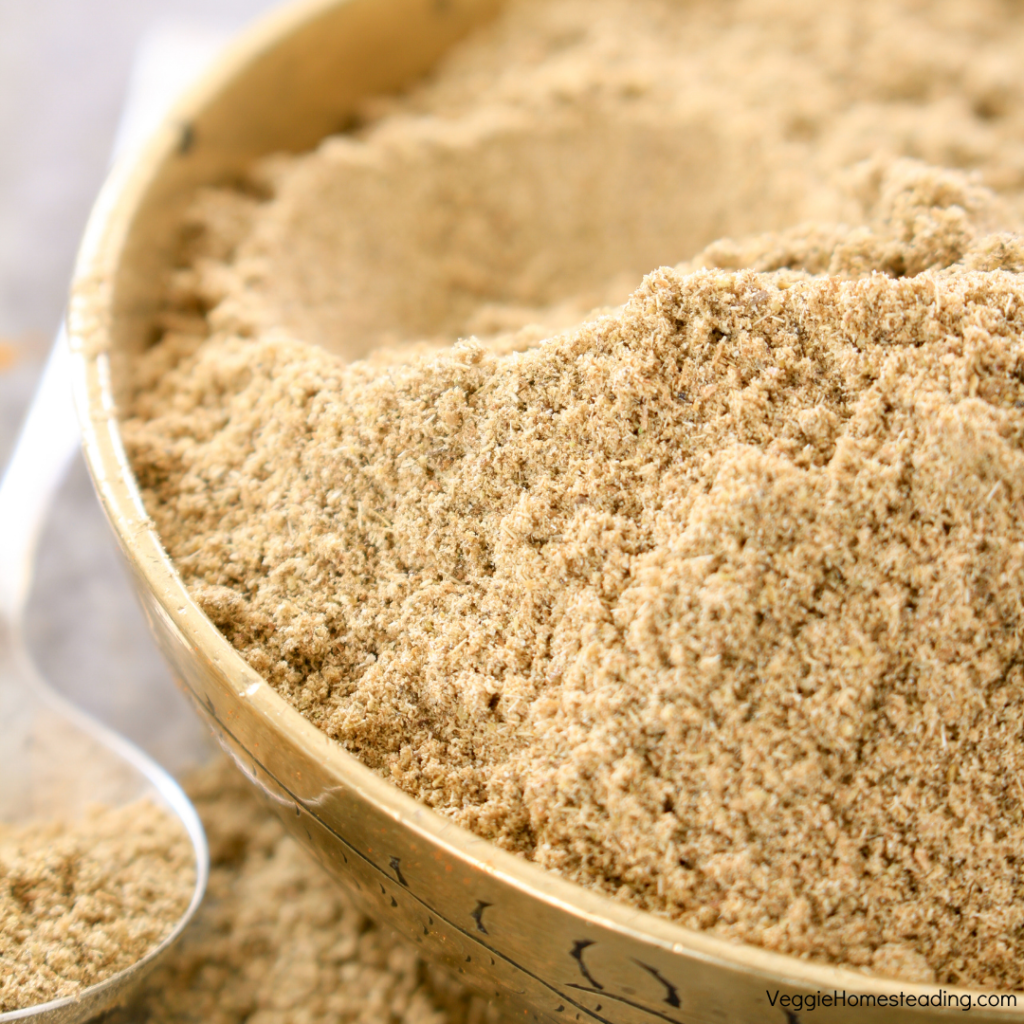
Where To Store Your Dehydrated Ginger
With any dehydrated food, location for storage is vitally important. Your dehydrated ginger requires a cool, dry place that is free from potential pests such as rodents and bugs and has a good level of cleanliness.
Since moisture and sunlight are the main culprits for degrading dehydrated foods, it makes sense that the location of storage, as well as the storage containers/bags themselves, need to be as free from these two elements as possible.
Common places to store dehydrated ginger includes your kitchen, pantry or any other area of your house that is cool, dry and has little sunlight infiltrating the space. This could be your basement or another area I haven’t mentioned. Wherever you decide to store your dehydrated ginger, make sure that your slices are not sitting close to any household equipment such as dryers or dishwashing machines that emit moisture through condensation.
Supplies And Equipment To Store Dehydrated Ginger
To help your dehydrated ginger have a long shelf life, it’s best to use the following storage supplies and equipment:
- Sealable vacuum bags using a double-bagging process (for long-term storage);
- Glass jars (typically for shorter-term storage);
- Food grade storage buckets (medium to long-term storage) which I doubt you’ll use for ginger alone but you could add the slices sealed in a bag with other separately sealed dehydrated foods in the bucket.
Let’s have a look at these 3 main storage supplies and equipment:
Vacuum and Mylar Bags
I would recommend using this kind of storage for your dehydrated ginger if you want a long shelf life of a couple of years. It involves vacuum sealing the ginger in a vacuum bag together with oxygen absorber sachets and then placing your vacuum bag inside a heat-sealed Mylar bag (known as “double-bagging”).
The vacuum bag with vacuum seal helps to remove any remaining oxygen which is important as oxygen degrades food over time. The double-bagging system using the Mylar bag is to reduce heat and keep out sunlight due to its reflective material.
Glass Jars
Glass Jars like mason jars are also great options for storing dehydrated ginger but will usually offer shorter-term storage owing to the fact that they don’t block out as much light as the double-bagging process above and as already mentioned, the light slowly degrades food over time.
Food Grade Storage Buckets
This option is good when it comes to storing large amounts of a particular dehydrated food so I doubt that you’ll opt for this one although it’s worth mentioning since you may decide to store your dehydrated ginger with other separated and sealed foods.
If you do use this storage method, be sure to only opt for food-grade plastics as ordinary plastic buckets will leak chemicals into the food from the plastics used.
Make sure that the lid on the bucket can be sealed or closed tightly and add oxygen absorbers to your bucket if you’ve stored the food in sealed bags within the bucket. It’s also a good idea to swap out your current bucket for a new one at any sign of deterioration i.e. the lid is not tight anymore or the bucket has already been used for a couple of years.
Having properly dehydrated and stored your ginger, you can expect your ginger slices to last for 5-6 months when stored in a jar or a little longer if vacuumed sealed.
Remember that storage shelf-life differs depending on how you dried your ginger. For instance, if you used the microwave method then you must use up your ginger within a couple of days.
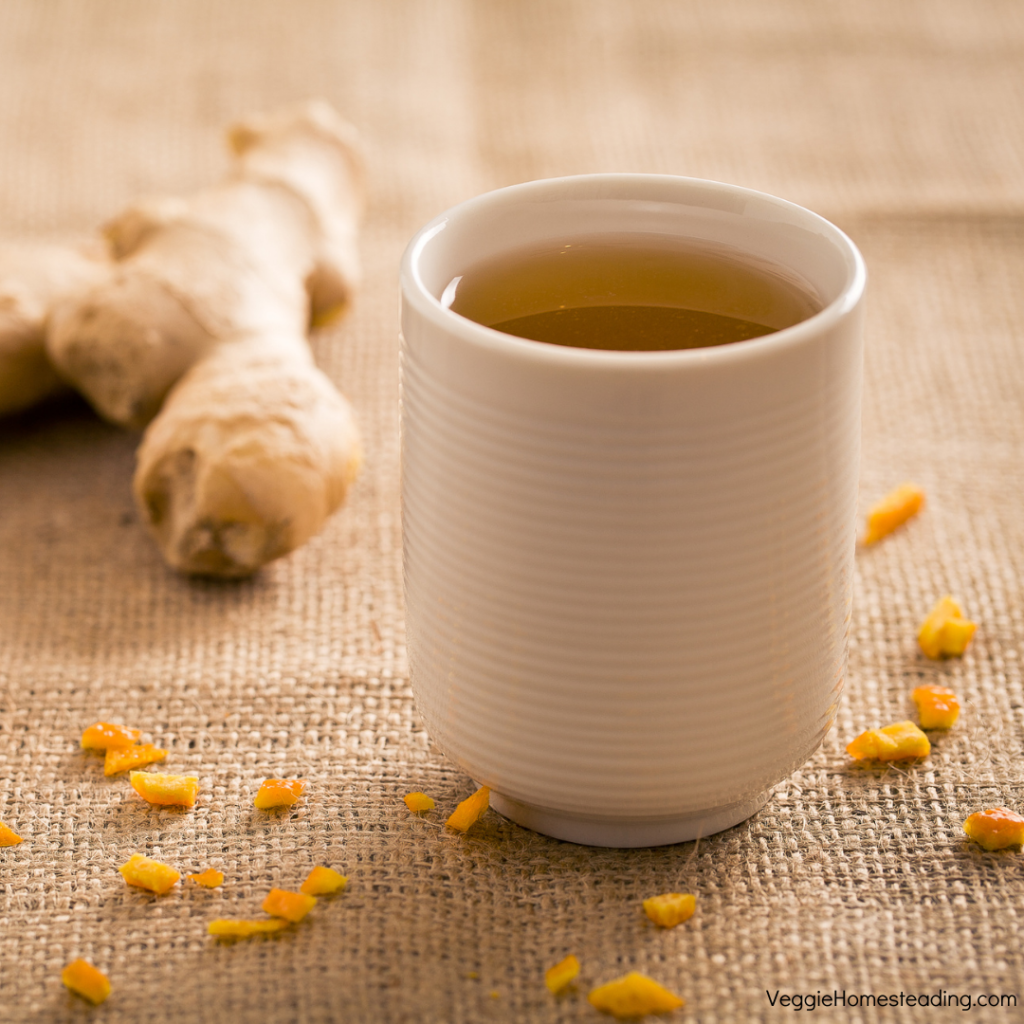
Ways To Enjoy Dehydrated Ginger
Ever wondered what you could use dehydrated ginger for? Here are some ideas that you’ll want to try:
- Make a great pot of ginger tea with your dried ginger slices. This goes particularly well when steeped with some honey and lemon peels or fresh slices. It’s something that many use to alleviate cold symptoms;
- Treat yourself to a self-care detoxing bath by adding a handful to your warm bath water together with your favorite bath salts;
- Add some slices of ginger to your soups and broths for added flavor;
- Grind up your dehydrated ginger to make into a powder form which is ideal for baking purposes – think gingerbread and ginger snap cookies!
The Amount Of Dried Ginger To Substitute For Fresh
You can use ¼ teaspoon of dried ginger that you would grind into a powder as a substitute for 1 teaspoon of fresh. As you can see, you don’t need as much of the dried ginger to substitute the fresh.
How To Rehydrate Dried Ginger
There may be times that you want to rehydrate your dried ginger for certain recipes. If that’s the case, all you need to do is soak your dried ginger in hot water for 1 hour prior to use.
At this stage of rehydration, you could turn your ginger into a paste that can be incorporated into baked goods.
Rehydration naturally takes place when you add your dried ginger to simmering soups or broths too.
Rehydrated ginger can easily be made into candied ginger which is a favorite among many people and kids – a great way to get young children to consume small quantities of ginger! To make candied ginger, follow these easy instructions:
- Add your dehydrated ginger slices to a medium pot of boiling water and allow it to simmer with a pinch of salt on a medium heat for 30 minutes.
- Keep ½ cup of the ginger water aside and drain the rest of the water from the ginger slices using a colander.
- Add the ½ cup ginger water back into the pot with 2 cups of granulated sugar as well as the drained ginger slices and allow to simmer for 35-40 minutes (uncovered). Stir regularly while the sugar water starts to form a thickened syrup consistency.
- Continue to simmer until your candy thermometer reads 225F at which point you need to drain your ginger. Pro Tip: don’t get rid of your ginger syrup – it’s great to use in drinks and other recipes requiring a simple syrup with a zing!
- Place your drained ginger slices on a cooling rack for about 2 hours by separating individual slices as best as you can – they can still be sticky but not wet.
- Then toss your slices into some granulated sugar to thoroughly coat them and place them back onto the cooling rack to dry overnight.
- Store your candied ginger in airtight jars in a cool, dry place for up to several months (if they last that long!).
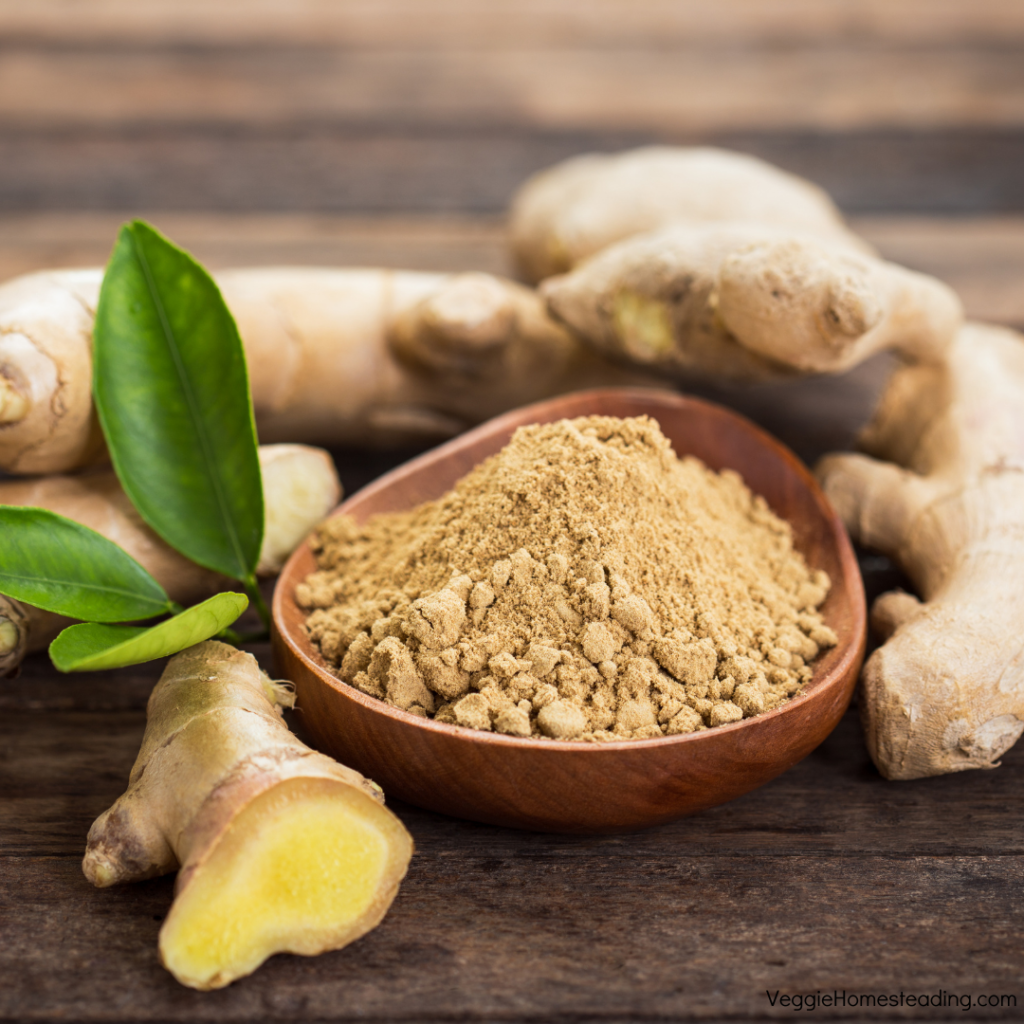
Bottom Line
Dehydrated ginger is definitely one of those food items that can be used for various things – from candied ginger, baked goods and even detox baths!
You can enjoy your dried ginger in dehydrated slices or grind it into a powder.
With an array of medicinal properties, you’ll want to make sure you have a good stock of dried ginger in your pantry for regular use.
Have you tried dehydrating ginger with success? Let me know how it went – I’d love to hear from you.

